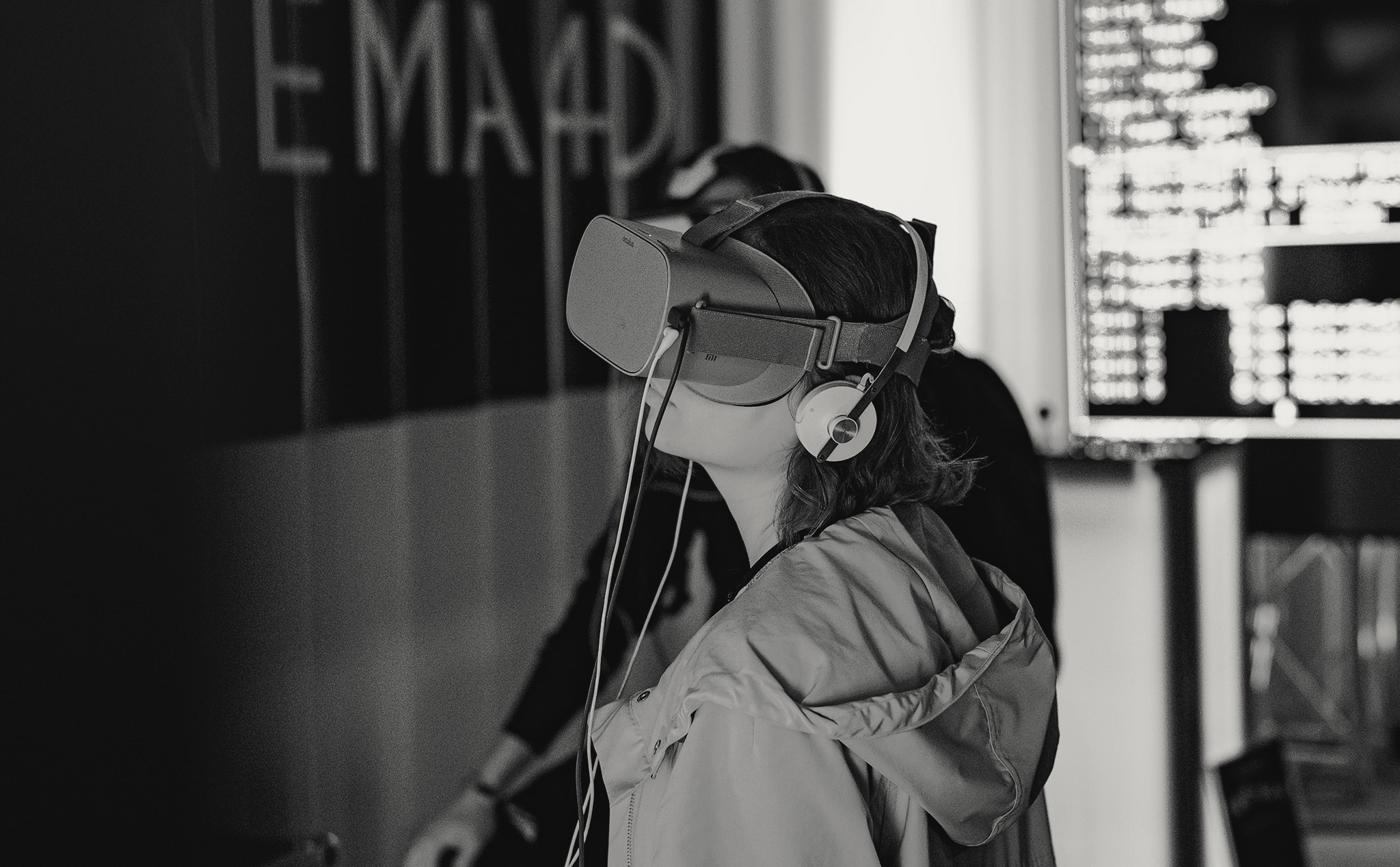The metaverse is all the rage and at Darwin & Verne’s blog we’re not going to turn a blind eye to it. In the last month alone, this concept has generated more than 30,800 mentions in digital conversation, more than 4,000 news items in media and blogs and a 10-fold increase in Google searches. And here you are, still not knowing what this is all about.
What is the metaverse?
First of all, let’s get the first misconception out of the way: it has nothing to do with poetry; it’s a portmanteau word combining “meta” and “universe”.
The metaverse is a virtual environment where users can share experiences without being physically present.
Since not even The Oxford English Dictionary has a definition for this and quoting Wikipedia doesn’t look good, I’ll take Facebook’s explanation to help you understand what it is:““it is a set of virtual spaces where you can create and explore with other people who are not in the same physical space as you. You can go out with your friends, work, play, learn, shop, create and much more (…)”.
The term has been around since 1992, when the novel ‘Snow Crash’, was published, but we had never uttered it more than once in the same day until this summer. And, what’s more, Mark Zuckerberg has brought it back and, of course, the party has blown up on Netbase (our social listening tool):): it is now the highest peak and protagonist in the metaverse conversation.
Inside graph for the Darwinians (if you get butterflies in your stomach when you see data, that’s you), which I know you like.

Facebook and other brands working on their metaverses
It turns out that Zuckerberg has announced that its next five years will be very much focused on developing Facebook’s metaverse. A new IT platform for which and which will involve virtual reality and augmented reality.
If it helps you to get an idea, my millennial reference is Habbo (I show my avatar in exchange for a salad tapa). I think of my virtual adolescence in the hotel and I imagine something like that, but in a big way, very real and a bit scary.
Or perhaps you are familiar with more recent examples from brands como Microsoft, Epic Games (owner of games like Fornite, Minecraft or Roblox) or the game Decentraland, which are perhaps the best known among the dozens of companies that are already looking for ways to participate in metaverses and/or develop their own.
The metaverse in branding strategies
In the understand of this post (for the newcomers: this is a corporate wink to “Darwin & Verne: understand, imagine & go”) I have come up with all sorts of points to focus on: its social impact, the millions of dollars of this virtual economy, its evolution in the gaming and entertainment industry, applications in retail, dozens of debates about its usefulness and its compatibility with our real life… And even if my dog, Queso, can also be part of any of them.
A lot of “hee hee, ha ha”, but in the end, I will go for what I am interested in and what the title of the blog itself indicates: how the metaverse applies to the world of brands and their branding, communication and business strategies. We want metaverse in our strategies and we want it soon!
Metaverse objectives in branding strategies
Metaverses will help brands generate visibility and improve their conversions through fully immersive shopping experiences.
The metaverse, for the moment (and what I know), allows us to work on very interesting goals, enough reason to include the metaverse in branding strategies.
- The first thing we are all clear about is that we generate visibility and PR for the brand as an innovative and pioneering company in Spain, where the road has barely been travelled. In addition, it is an asset that can be extended in time, size and options to work with. We are not talking about a one-off resource, but something that we can evolve.
- Creating new shopping experiences that are fully immersive,, personalised and complete. With AR or VR we will be able to improve the conversion of our e-commerce e-commerce significantly. These experiences will lead to new behaviours on the part of the public and will reveal insights that were previously unknown to us, which will facilitate strategic decision-making.
- It is a clear way to connect with Generation Z (that generation still so unknown to many), but also with other target types and/or niches of interest. In the end, metaverses will be a hyper-detailed reflection of the real world: it has been shown that users spend time in them, socialise, shop, play games, and perhaps in the future they may even work within the metaverse.
“Brands can push the boundaries of creativity in the metaverse and offer experiences that are unrepeatable in real life”. Christina Wooton, vice president of brand partnerships, Roblox.
And how could this be made tangible in actions for brands?
- “Copying” what we do in reality. . Nothing more and nothing less than a billboard on a busy street in our virtual universe, a sponsorship of a concert, a sporting event, etc.
- Fashion and merchandising for avatars already generates millions. Here we find opportunities, especially for the sports sector and luxury brands.
- Creating your virtual events,, developing a place to exhibit works of art, giving concerts or any other proposal with which your brand can be associated.
- Detecting the most influential profiles, , with a very active social life or properties in crowded places and establishing relationships that are similar to the ones we currently have with influencers.
- And as I am running out of ideas and references, I close with a classic of the sector: partnering with those who already know, , either because they are behind these developments or because they are experts who generate content about it.





